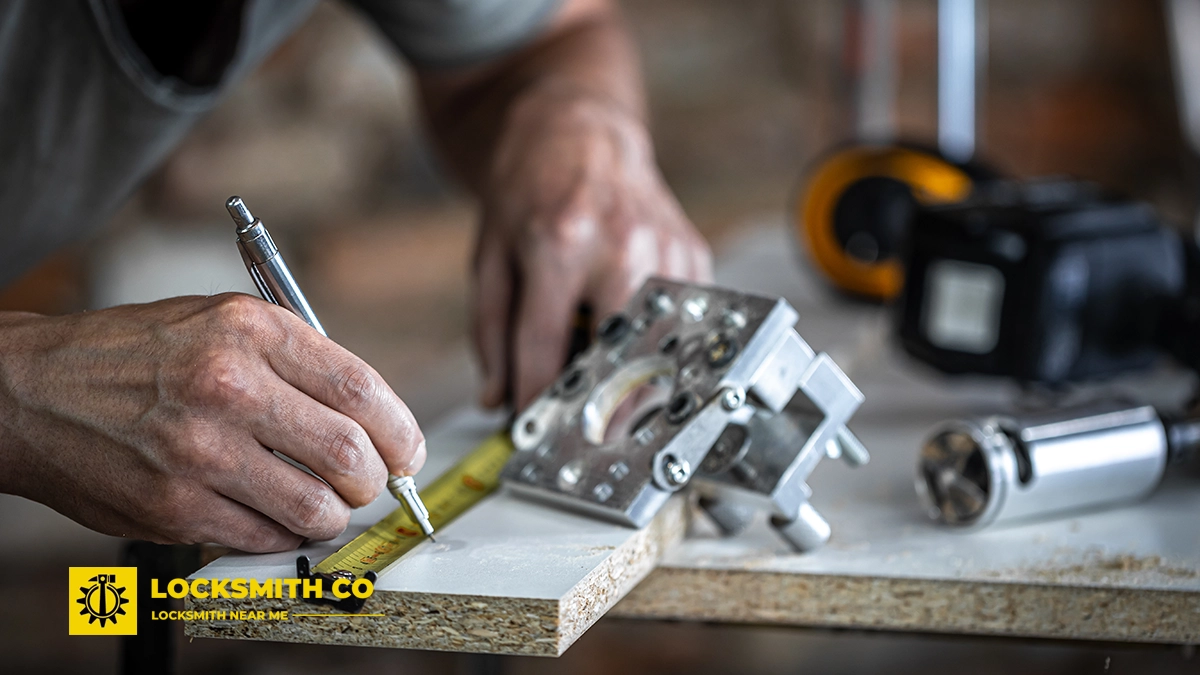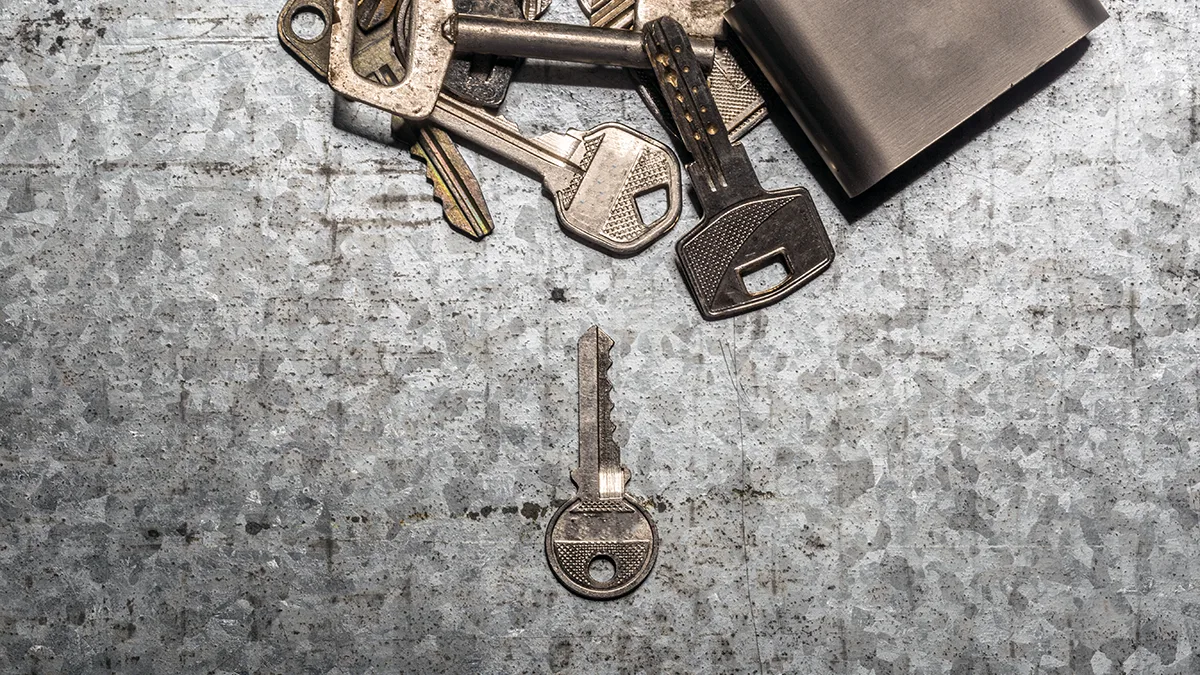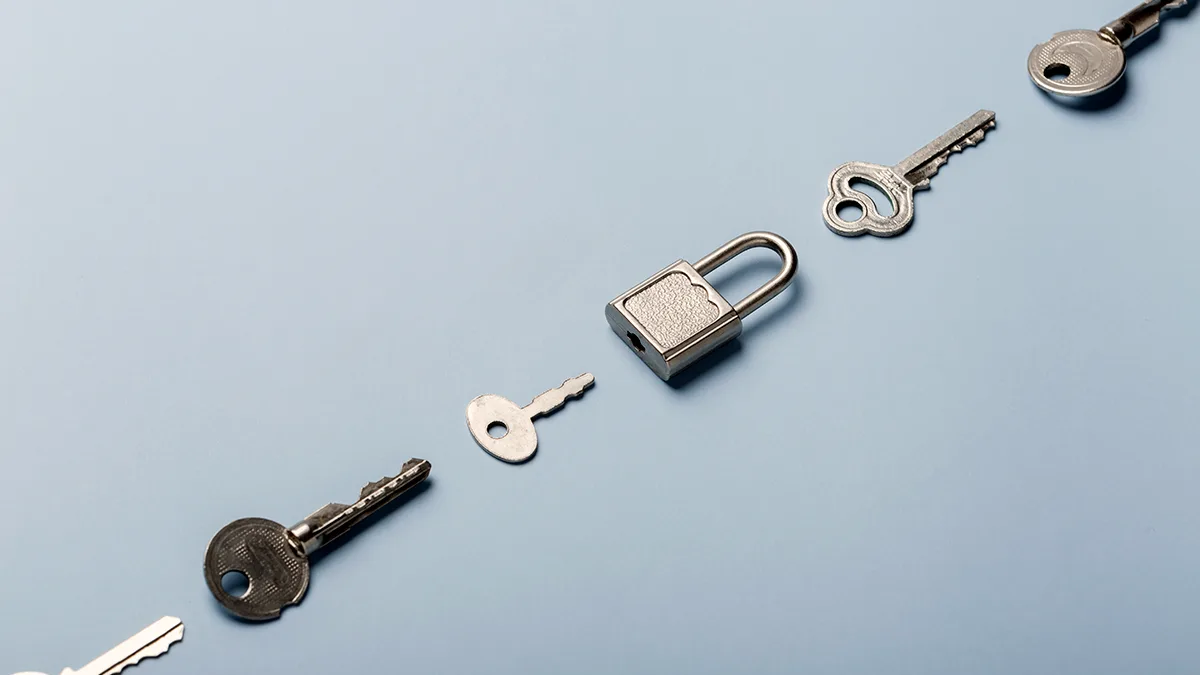The Hidden Costs of DIY Lock Repairs and How to Avoid Them. In a bustling city…
How to Fix Locks: Expert Tips for Property Security and Peace of Mind
How to Fix Locks: Ensuring the security of your property is paramount, and one of the key components of this is maintaining your locks in optimal condition.
Whether you’re a homeowner or a property manager, understanding how to fix locks and employ effective lock maintenance can significantly enhance property security.
How to Fix Locks
In this guide, we will delve into expert tips and safety tips for locks that promise peace of mind and bolster your home security.
From addressing common lock issues to implementing preventative measures, we’ll provide insights that will help you secure your property efficiently.
Trust our expert advice to keep you informed and assured in your pursuit of a safer, more secure environment.
Understanding Lock Maintenance
Importance of Regular Checks
Regular checks are crucial in lock maintenance to ensure your property’s security remains uncompromised.
Over time, locks can suffer wear and tear due to constant use and exposure to environmental elements. Inspecting your locks regularly helps identify potential issues such as misalignment, rust, or loose components before they escalate into significant problems.
By addressing these concerns early, you can avoid the inconvenience and cost of emergency lock repairs or replacements.
Make it a routine to check for smooth operation and any unusual stiffness or noise. Lubricating your locks with the appropriate oil can help maintain their efficiency and longevity.
Regular maintenance not only keeps your locks functioning but also enhances overall property security.
By staying vigilant, you safeguard your investment and ensure peace of mind, knowing that your locks are in top condition and your property is well-protected.
Common Lock Problems
Locks, like any mechanical device, can encounter problems that may compromise property security.
One frequent issue is a key getting stuck or becoming difficult to turn, often due to dirt or misalignment within the lock mechanism.
Another common problem is the lock cylinder becoming loose, which can affect the lock’s overall functionality and security.
Additionally, broken keys are a typical concern, especially when keys are old or made from inferior materials.
Rust and corrosion, particularly in outdoor locks, are also prevalent and can lead to a complete lock failure if not addressed promptly.
Lastly, worn-out springs or pins inside the lock can cause the lock to malfunction, preventing a secure lock or unlock action.
Identifying these issues early and implementing lock maintenance, such as cleaning and lubricating, can prevent more severe complications and ensure your locks continue to provide reliable security for your property.
How to Fix Locks Safely
Essential Tools for the Job
Having the right tools is vital when undertaking lock repairs to ensure efficiency and safety.
A basic toolkit should include a screwdriver set, which is indispensable for removing and reinstalling lock components.
Precision screwdrivers are particularly useful for dealing with smaller screws found in many modern locks.
A reliable pair of pliers can assist in gripping and manoeuvring various lock parts, while a set of tweezers is ideal for handling small components during reassembly.
A lubricant such as graphite powder or a silicone-based spray is essential for easing stiff or jammed locks.
Additionally, a lock pick set, though requiring skill, can be useful for resolving lockouts without causing damage.
Lastly, having spare parts like springs and pins available can be advantageous for immediate replacement when needed.
Equipped with these tools, you can address a range of lock issues confidently, ensuring your property security remains intact.
Step-by-Step Repair Guide
Fixing a lock can seem daunting, but following a systematic approach can simplify the process.
Begin by identifying the problem—whether it’s a misaligned lock, a stuck key, or a loose cylinder.
Once identified, gather your tools and ensure you have the necessary replacement parts. Start by removing the lock from the door using the appropriate screwdriver.
With the lock disassembled, carefully inspect all components for wear or damage.
Clean any dirt or debris, and lubricate moving parts to ensure smooth operation. If you find any damaged parts, replace them with new ones.
Reassemble the lock, ensuring all parts are correctly aligned and secured. Test the lock with its key several times to confirm it’s functioning smoothly.
If the lock remains problematic, consider consulting a professional locksmith to avoid further damage.
This methodical approach not only enhances home security but also reinforces your understanding of lock maintenance.
Enhancing Property Security
Safety Tips for Locks
Implementing effective safety tips for locks is crucial in enhancing your property’s security.
Start by ensuring all locks are of high quality and meet British Standards; this provides a fundamental level of security.
Consider upgrading to deadbolts or smart locks for added protection.
Regularly inspect and maintain your locks, as neglected locks are more susceptible to malfunction and forced entry.
Avoid using the same key for all locks in your property; if one key is lost or stolen, all your locks become vulnerable.
It’s prudent to change your locks when you move into a new home or if a key has gone missing.
Make it a habit to lock all doors and windows, even when you’re at home, to deter opportunistic intruders.
Lastly, educate family members or tenants on the importance of lock security.
By following these home security tips, you enhance your property’s defence against potential breaches.
Home Security Tips
Beyond lock maintenance, several home security tips can further protect your property.
First, reinforce doors with a strike plate and ensure your doors and frames are strong enough to withstand force. Installing a security system with alarms and cameras provides an additional layer of surveillance and acts as a deterrent to burglars.
Consider motion-sensor lighting around entry points to increase visibility and discourage intruders.
It’s also wise to keep shrubs and trees trimmed to eliminate potential hiding spots.
Ensure windows are fitted with locks and consider using window security film to prevent glass shattering.
When away, use timers on lights to give the impression of occupancy.
Community vigilance through neighbourhood watch schemes can also be effective in enhancing overall security.
Regularly review and update security measures to address any emerging vulnerabilities.
By implementing these home security tips, you strengthen your property’s defences and ensure peace of mind.




Comments (0)